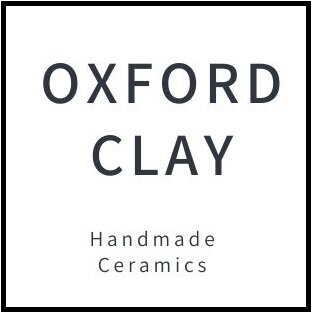Recycling wood ash into a glaze
The ash from burnt wood and straw has been used to glaze pots for over 3500 years. It is thought that wood ash glazes originated in China when some ash from the wood-fired kiln accidentally fell onto pots, and made a glaze when it melted in the high temperatures. Potters then began the practice of mixing wood ash, clay, and water to make a glaze.
Natural minerals and metals such as Iron and Magnesium in the wood ash give the glaze its colour. The ash from rice husks for example makes a glaze that is creamy white. In comparison, the ash produced from the leaves of the Cherry Laurel bush makes a purple glaze with brown speckles!
Wood ash glazing was practised extensively in China, Japan and Korea for many hundreds of years.
How does wood ash actually make a glaze?
Wood ash is mainly composed of calcium carbonate, which is a key ingredient in many glaze recipes. The glaze needs to be heated to at least 1170oc in the kiln in order to melt the ash into a glaze. This is the temperature used to make stoneware and porcelain pottery and is why you do not see ash glazes as often on earthenware pottery which is fired to lower temperatures.
Wood ash also contains potassium carbonate, phosphates and traces of other metals which can colour the glaze when it is fired.
Each ash has a slightly different chemical composition depending on factors such as which plant the ash comes from and what soil the plant grew in. This means that glazes containing wood ash can be unpredictable and even give varying results within the same batch.
Different plant and wood ashes make different coloured pottery glazes.
This photograph shows how different a wood ash glaze can be when different types of wood ash are used. Exactly the same glaze recipe was used in each of these glaze tests.
The tester tile shows a glaze made from the ashes of an Ash Tree. The glaze is semi-matt and is mostly creamy white with slight flecks of brown. The heart shape is glazed using wood from a pizza restaurant. The pizza restaurant ash makes an entirely matt glaze that produces a purple colour with some large speckles of brown, when fired.
How to make a pottery glaze from wood ash.
Making a glaze from wood ash involves a lot of sieving! but the resulting glazes can be very beautiful indeed. Here are the steps we follow at Oxford Clay to make our wood ash glaze:
Step 1: An FFP3 respirator mask is put on to protect your lungs from damage by the very fine powders used in glaze making.
Step 2: The wood ash is sieved using a household sieve to remove large pieces of charcoal.
Step 3: The wood ash is sieved again using a finer gauge sieve - a 60 mesh gauge one is roughly the smallest you can use due to the large particle size of the ash. A 60 mesh gauge sieve will remove fine grit and sand left in the ash. This makes sure the glaze is as smooth as possible when it is fired on the surface of the pot.
Step 4: The ash is weighed out along with Cornish Stone and powdered Quartz rock. Water is added to the mix to cover all of the dry ingredients. The mixture is left to soak.
Step 5: Excess water is poured off the surface of the glaze before the glaze is thoroughly mixed. More water is then added if the glaze is too thick. Ash glaze needs to be applied more thickly than other glazes so the glaze is mixed to a slightly thicker consistency than other glazes.


